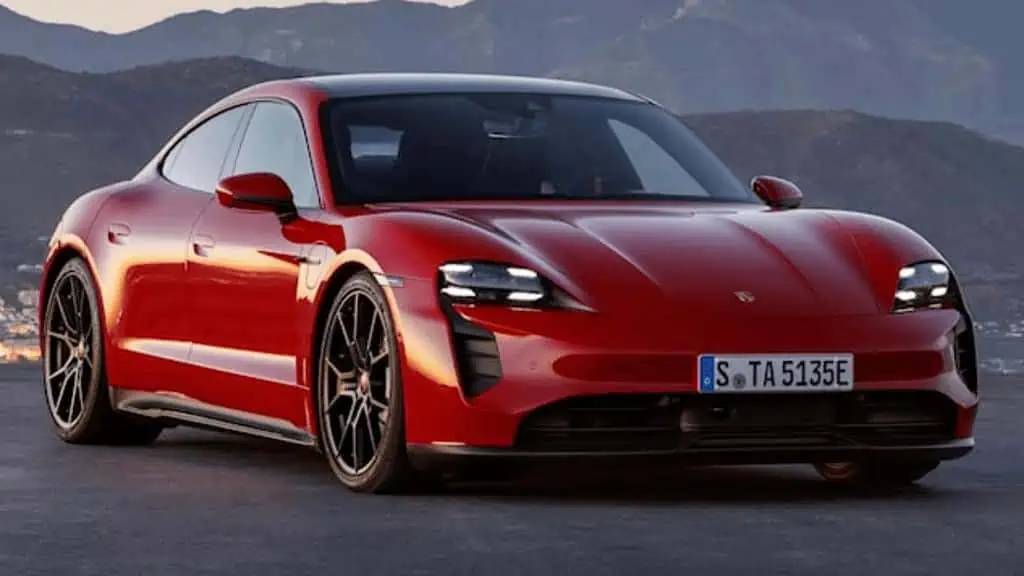The following are the top 20 innovations in electric vehicle batteries as of 2023:
| Rank | Innovation | Description |
| 1 | Sodium-ion batteries achieve commercial viability | CATL unveils the world’s first mass-produced Na-ion battery for EVs, offering lower cost and ethical sourcing. |
| 2 | Solid-state electrolyte breakthroughs | Companies like Toyota, QuantumScape, and Samsung advance solid-state electrolytes, improving safety and energy density. |
| 3 | Lithium-metal batteries with improved stability | Researchers at MIT and Stanford have developed new electrolytes and electrode designs for safer and more durable Li-metal batteries. |
| 4 | Recycling innovations for critical materials | Companies like Redwood Materials and American Manganese develop efficient and sustainable recycling processes for lithium, cobalt, and nickel. |
| 5 | Organic and bio-based battery materials | Research on using sustainable materials like wood pulp and seaweed for battery components shows promising results. |
| 6 | AI-powered battery design and optimization | Companies like LG Chem and Sila Nanotechnologies utilize AI to design and optimize battery materials and structures for improved performance. |
| 7 | Fast-charging technologies advance | Technologies like Extreme Fast Charging (XFC) and ultra-fast charging stations reduce charging times to minutes. |
| 8 | Battery swapping infrastructure expands | Companies like NIO and CATL build battery-swapping networks, enabling faster “refueling” for EVs. |
| 9 | Second-life applications for retired EV batteries | Utilizing used EV batteries for stationary energy storage and grid balancing gains traction. |
| 10 | Sustainable battery production practices | Manufacturers like Tesla and Panasonic implement renewable energy and water conservation measures in battery production. |
| 11 | Focus on ethical sourcing of battery materials | Initiatives like the Responsible Minerals Initiative (RMI) promote ethical sourcing of cobalt and other critical minerals. |
| 12 | Development of cobalt-free and nickel-free battery chemistries | Research on alternative chemistries like lithium iron phosphate (LFP) and lithium manganese oxide (LMO) reduces reliance on conflict-ridden materials. |
| 13 | Standardization efforts for EV batteries | Organizations like the International Organization for Standardization (ISO) work on standardizing battery sizes and interfaces for easier swapping and compatibility. |
| 14 | Battery management systems (BMS) advancements | Improved BMS algorithms optimize battery performance, extend lifespan, and enhance safety. |
| 15 | Thermal management solutions for extreme temperatures | Innovations like phase-change materials and liquid cooling systems address battery performance in hot and cold climates. |
| 16 | Battery health monitoring and diagnostics | Advanced sensors and software enable real-time monitoring of battery health and predict potential issues. |
| 17 | Battery-to-vehicle (B2V) integration advancements | Deeper integration of batteries with vehicle systems improves efficiency and range. |
| 18 | Public-private partnerships for battery research and development | Governments and companies collaborate on research initiatives to accelerate battery innovation. |
| 19 | Circular economy approaches for battery materials | Initiatives focus on designing batteries for disassembly and material recovery at the end of their life cycle. |
| 20 | Consumer education and awareness campaigns | Raising public awareness about sustainable battery practices and responsible EV ownership. |






